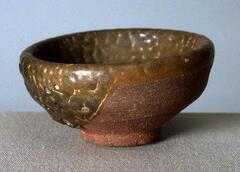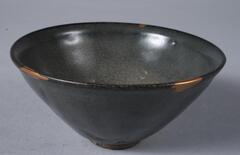85 UMMA Objects
85 UMMA Objects

Korean (Korean (culture or style))
Tea Bowl, 'ido chawan' type
16th century
Bequest of Margaret Watson Parker
1954/1.535
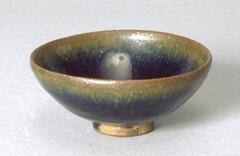
Chinese (Chinese (culture or style))
Teabowl
960 – 1279
Gift of Mrs. Caroline I. Plumer for the James Marshall Plumer Collection
1964/2.10
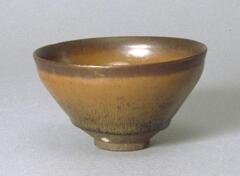
Chinese (Chinese (culture or style))
Teabowl
1127 – 1279
Gift of Mrs. Caroline I. Plumer for the James Marshall Plumer Collection
1964/2.8

Japanese (Japanese (culture or style))
Tea Bowl
1900 – 1932
Transfer from the College of Architecture and Design
1972/2.93

Chinese (Chinese (culture or style))
Teabowl
1200 – 1279
Gift of Willard A. and Marybelle Bouchard Hanna
1991/2.10
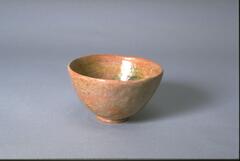
Japanese (Japanese (culture or style))
Raku Style Red Tea Bowl with 'Raku' Seal
19th century
Transfer from the College of Architecture and Design
1972/2.85
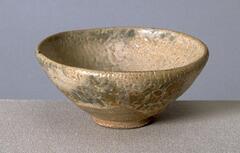
Chinese (Chinese (culture or style))
Teabowl
13th century
The James Marshall Plumer Memorial Collection
1983/1.439
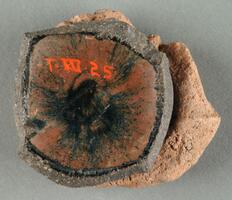
Chinese (Chinese (culture or style))
Shard
960 – 1279
The James Marshall Plumer Memorial Collection
1983/1.342
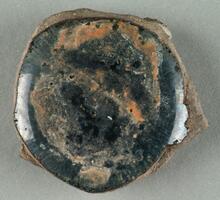
Chinese (Chinese (culture or style))
Shard
960 – 1279
The James Marshall Plumer Memorial Collection
1983/1.343
Loading…

